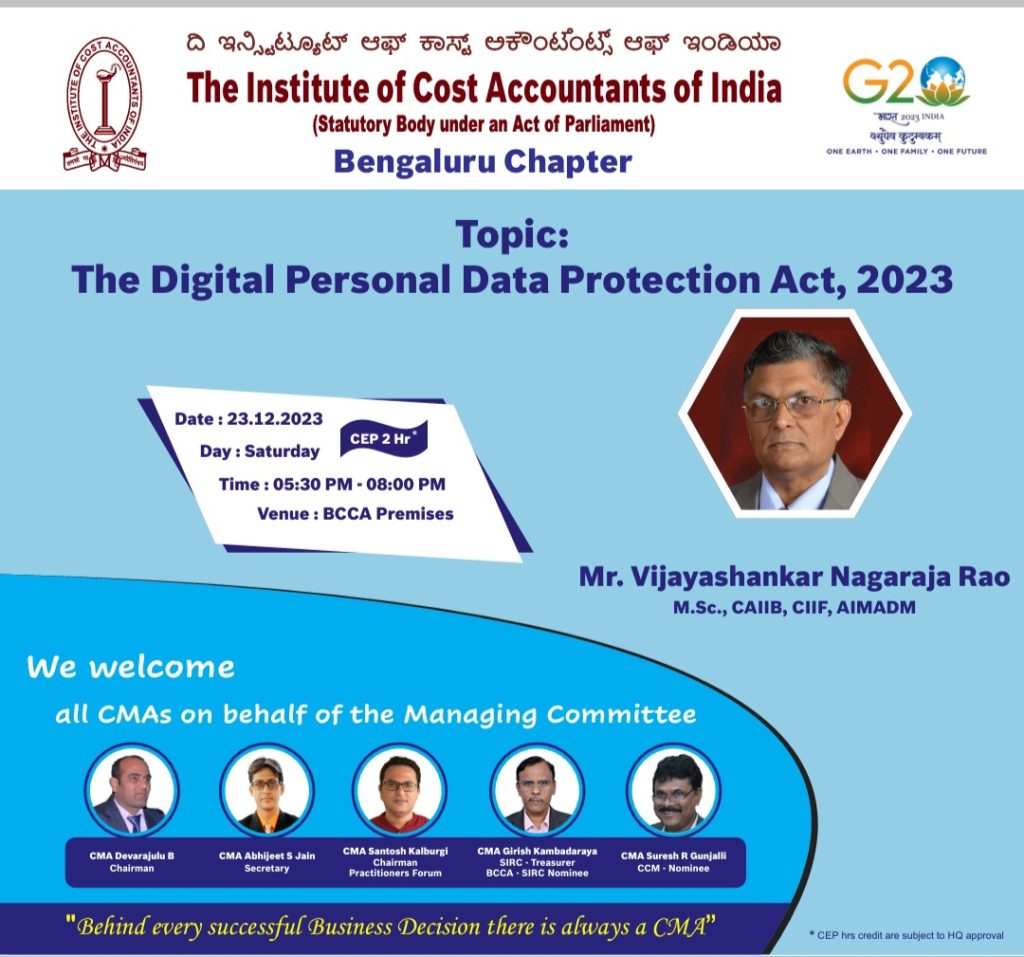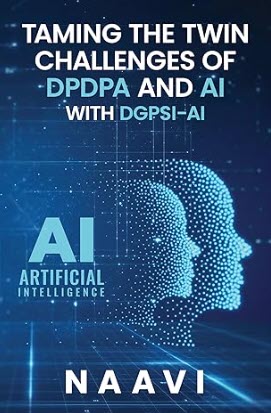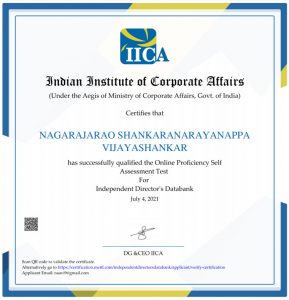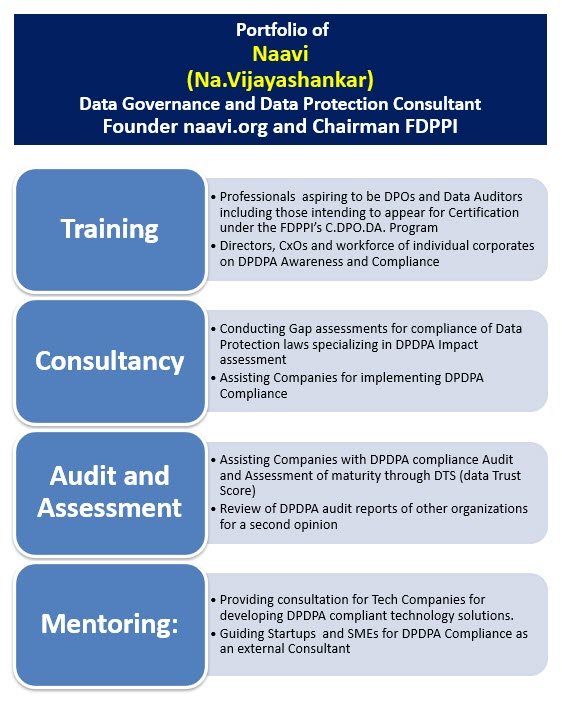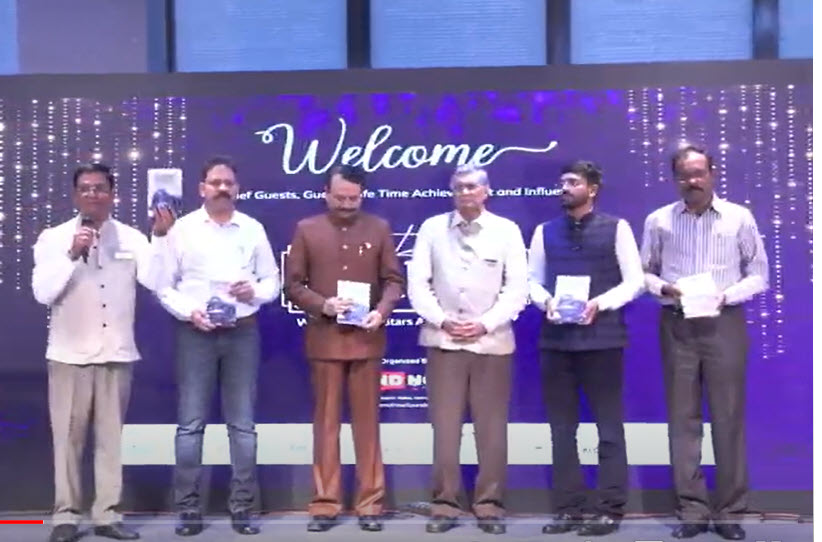
The Book “Guardians of Privacy” by Naavi which was formally launched at Hyderabad on 17th of this month is a treatise on “Privacy”, “Personal Data Governance”.
It covers the legal concepts of Privacy and the recently passed law in India namely the DPDPA 2023. It also discusses the DGPSI (Data Governance and Protection Standard of India ) framework for implementation and certifiable audit of DGPMS(Data Governance and Protection Management System).
The book contains 386 pages spread over 29 chapters and one Appendix as follows:
Chapter I: Legislative History behind DPDPA 2023
Chapter II: Concept of Privacy and Protection of Privacy through Data Protection
Chapter III: DPDPA 2023
Chapter IV: Obligations of a Data Fiduciary: Notice and Consent
Chapter V: Obligations of Data Fiduciaries-Legitimate Use
Chapter VI: Obligations of Data Fiduciaries-General
Chapter VII: Rights of the Data Principal
Chapter VIII: Compliance By Design
Chapter IX: Processing of Personal Data of Minors
Chapter X: Special obligations of Significant Data Fiduciary
Chapter XI: Cross Border Transfer of Personal Data
Chapter XII: Exemptions from Applicability of DPDPA 2023
Chapter XIII: Data Protection Board of India
Chapter XIV: Penalties
Chapter XV: Miscellaneous
Chapter XVI: Compliance of ITA 2000
Chapter XVII: Compliance of GDPR
Chapter: XVIII: Managerial Perspective of Data
Chapter XIX: Data Monetization, Valuation and Insurance
Chapter XX: Managerial View of Data Security
Chapter XXI: Approach to Data Protection
Chapter XXII: Concept of Privacy and Compliance by Design
Chapter XXIII: Data Audit
Chapter XXIV: Essence of ISO 27001 for Business Managers
Chapter XXV: ISO 27701.
Chapter XXVI: Essence of BIS draft Standard for Data Governance
Chapter XXVII: Indigenous Framework for Data Protection Compliance -DGPSI .
Chapter XXVIII: Data Trust Score as a Measurement of Compliance
Chapter XXIX: Business Opportunities under DPDPA 2023
Appendix-The DPDPA 2023
The copy of the Act as passed is available in the Appendix.
Chapters I and II provide the background to DPDPA 2023 in the form of evolution of Data Protection law in India.
Chapters III to XV discusses the different provisions of DPDPA 2023.
Chapter XVI discusses the compliance requirements under ITA 2000 as applicable to Personal Data.
Chapter XVII discusses the GDPR and how it compares with DPDPA 2023.
Chapters XVIII to XXII discusses the different aspects of Data Management including Data Valuation and Data Security.
Chapters XXIII to Chapter XXVIII discusses the different aspects of Data Audit.
Chapter XXIX discusses the business opportunities arising out of DPDPA 2023.
The approach of the book is to introduce the law as well as the Governance and Audit aspects in one comprehensive handbook. The approach can be considered as slightly unconventional but hope it would be useful for a Corporate executive to appreciate the compliance requirements under the law.
(Link for purchase is available on the right menu as well as Amazon and Flipkart)
Naavi

